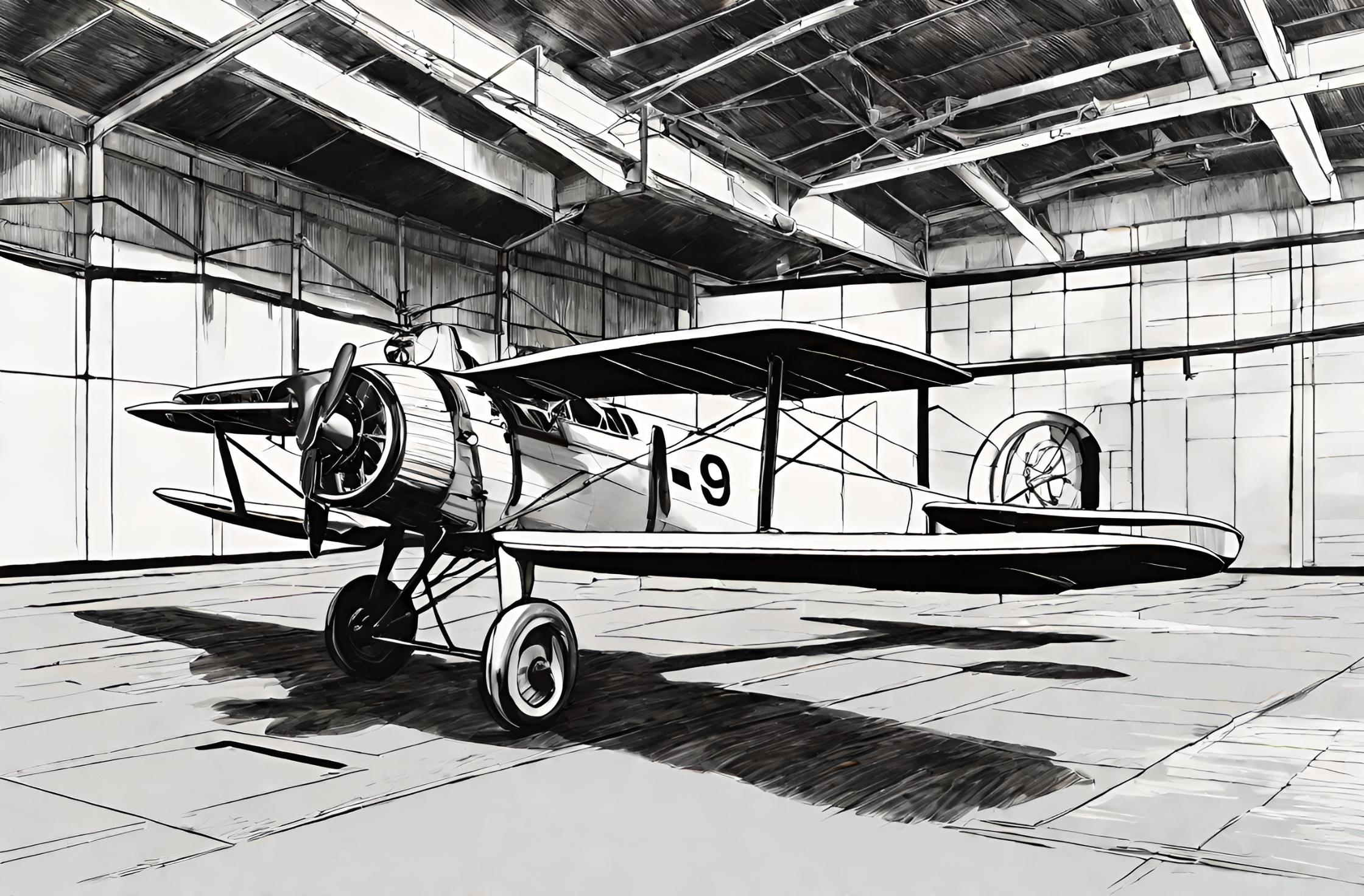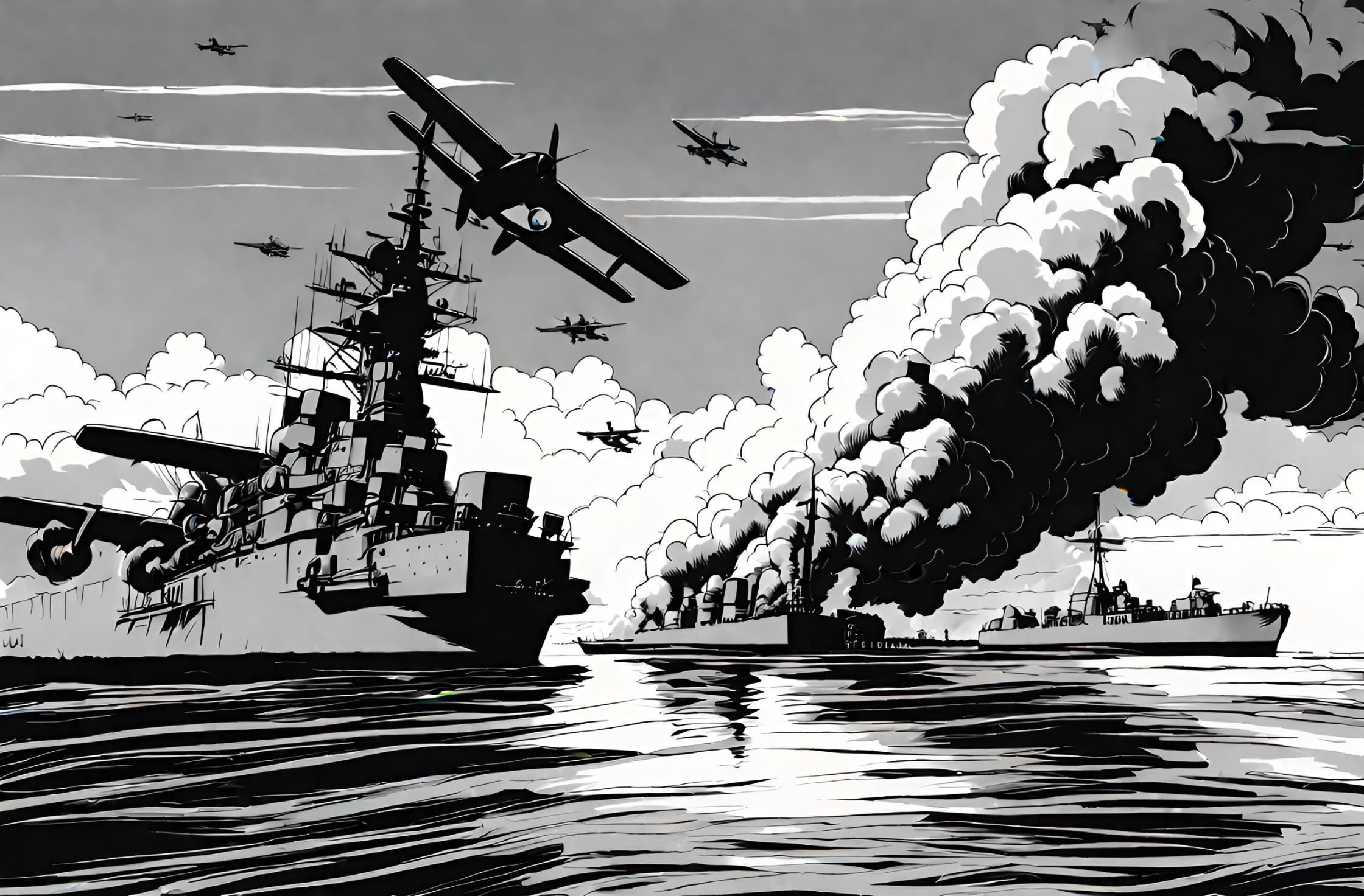Flashback to December 7
American History

On May 27, 1931, a significant milestone in aviation history was achieved with the completion of the Variable Density Tunnel at Langley Field in Virginia, USA. This pioneering facility played a pivotal role in advancing aircraft design and engineering, and its impact can still be felt in the modern aviation industry.
At the time of its construction, the Langley Variable Density Tunnel was the largest and most advanced testing facility of its kind. It was designed to simulate real-life flight conditions, allowing engineers to study and analyze how different aircraft shapes and configurations performed in various wind speeds and angles of attack. This capability was crucial for developing safer and more efficient aircraft.
The wind tunnel used a powerful fan system to generate wind speeds of up to 200 miles per hour. A model of the aircraft being tested would be mounted in the test section, where it would be subjected to the simulated aerodynamic forces it would encounter during actual flight. By measuring the forces acting on the model, engineers could determine the lift, drag, and other important parameters that affected the aircraft’s performance.
One of the key advantages of wind tunnel testing is its ability to provide accurate and repeatable results. Unlike flight testing, which can be affected by various atmospheric conditions and pilot skills, the wind tunnel offered a controlled environment where engineers could isolate specific factors and assess their impact on aircraft performance. This allowed for more precise design improvements and reduced the risks associated with real-world flight testing.
The establishment of the Langley wind tunnel had a profound impact on aircraft design. Prior to its inception, much of the knowledge about aerodynamics was based on theoretical calculations and limited experimental data. The wind tunnel provided a platform for validating these theories and testing new concepts, leading to significant advancements in wings, aircraft bodies, and propulsion systems.
One of the notable achievements of the Langley wind tunnel was the development of the NACA airfoil series. Initiated by the National Advisory Committee for Aeronautics (NACA), the precursor to NASA, the airfoil series consisted of standardized wing profiles that offered optimum lift and drag characteristics. This standardized approach to wing design helped improve aircraft efficiency and stability, making air travel safer and more economical.
Beyond its immediate impact on aircraft design, the Langley wind tunnel also paved the way for future contributions to aviation research. The knowledge gained from these early tests formed the basis for further developments in wind tunnel technology, leading to more advanced facilities capable of testing large-scale models and even entire aircraft.
Today, wind tunnel testing remains an integral part of aircraft design and performance evaluation. Advanced wind tunnels, such as NASA’s Ames Research Center’s Unitary Plan Wind Tunnel, continue to push the boundaries of aerodynamic research. These state-of-the-art facilities are capable of simulating extreme flight conditions, enabling engineers to optimize aircraft designs for efficiency, stability, and safety.
Sources:
We strive for accuracy. If you see something that doesn't look right, click here to contact us!
Sponsored Content

Bombing of Pearl Harbor
Experience the tragic history…

Rigoberto Alpizar shot and…
On December 7, 2005,…

Colin Ferguson opens fire…
"Tragedy unfolded on December…

Fire at Winecoff Hotel…
The infamous Winecoff Hotel…

